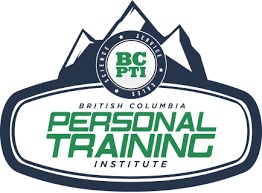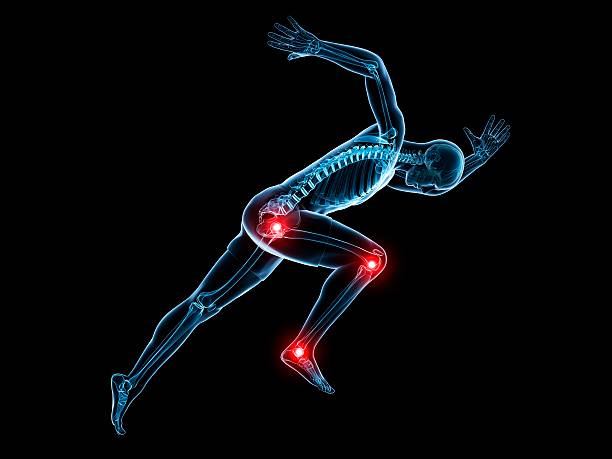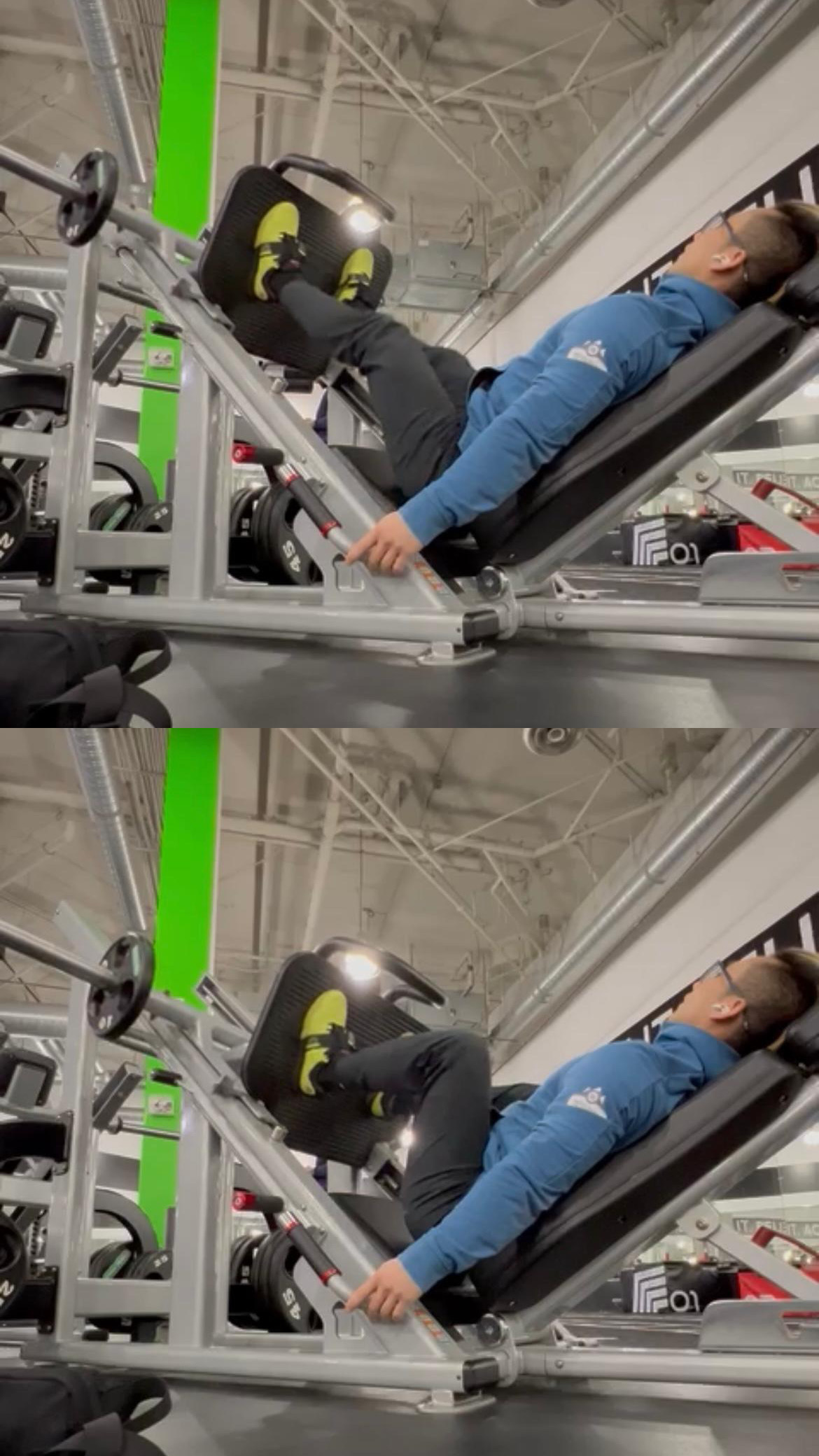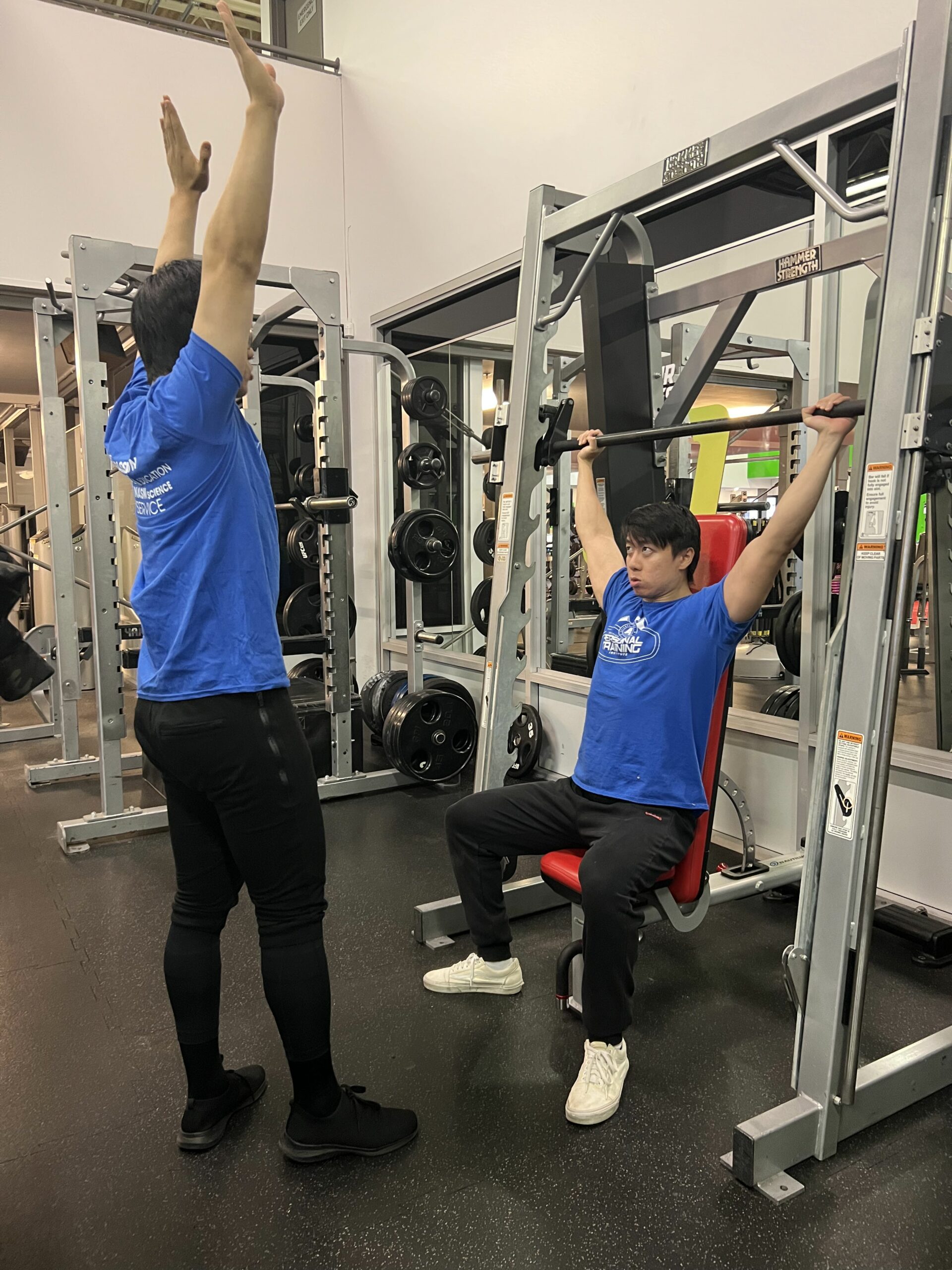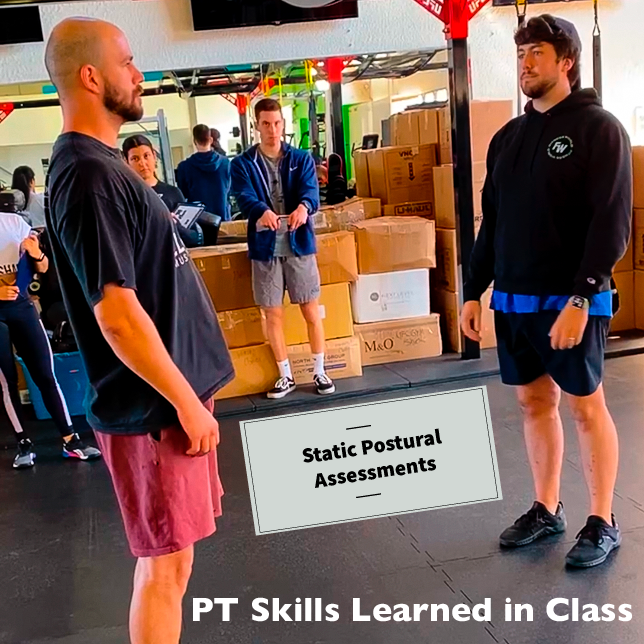Recipe: to ensure client’s success:
- Believe in and promote your skills
- Determine your client’s goals and assess their current fitness status.
- Create a fitness & lifestyle regime designed to move all 5 goal driven lines forward.
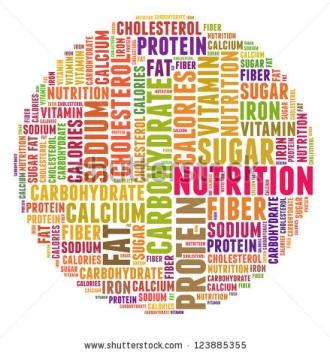
Below is an example of the parallel lines / goals for a typical middle aged fitness client.
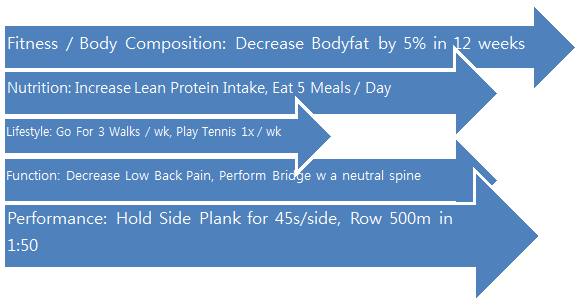
There are a lot of great resources on how to set clear client based goals. The purpose of this article isn’t to teach goal setting, it is to help trainers understand the parallel lines of client and service success. Each of the success components listed 1-6 below should be included in any comprehensive client experience and therefore must be considered and included as part of their training program. The graphic above is an example how a typical fitness client’s assessment and desired goals will dictate how each of these lines move forward in each phase of training. In the example above, Performance and fitness goals were rated as most imp. While Performance and body composition were the focus of phase 1, a client’s goals should always be adjusted to move all lines forward equally. A client who’s programming continues to be performance and aesthetic dominant, as in Phase 1 above, will eventually see their body composition & performance goals plateau. Moreover, not only will they plateau, they will almost certainly do so at a level lower than a client who uses a system of progressive change and therefore moves all these lines ahead equally. An elaborate example of this is referred to as Periodization – a system of planned and progressive overload. Below is an example of parallel lines in periodization. Each of the training blocks Prepair to PErform (P2P), Strength, Power, Power Endurance & Maintenance below represent the specific goal for this hockey athlete. While these parallel lines are represented vertically below, they are similar to the infographic above. One of the parallel lines is given emphasis in phase 1 (i.e. P2P) while the remaining are being maintained Vs forgotten. In later phases, one by one the maintained elements become the priority creating a yearly balance between each of the important goal elements.

- Sell Yourself:At Steve Nash Fitness Clubs (SNFC) we have a saying; “the best training program in the world is useless if no one is doing it”. Let’s consider what I mean: regardless of a trainers scientific knowledge, ability to write incredible, goal oriented, training programs, a client’s success is dependent on having a client. Therefore the first portion of the recipe is sales. As a trainer you must learn the secrets to selling success. At SNFC every trainer is given a 5 day course called Trainer Fundamentals that includes the 3 S’s (Sales, Service & Science).
Assessment: Is the path to individualizing a client’s training program and experience. While, they quite often have similar aesthetic goals including weight loss & or increasing lean body mass, most often they have also have secondary goals like improved sport performance, injury prevention and improved health. Regardless of their motivations they are all unique individuals with specific weaknesses that must be overcome. A good training program and goal orientated experience will include a comprehensive fitness, nutrition, and functional lifestyle assessment. Remember if you’re not assessing you’re guessing.
- Fitness Goals: Statistics clearly indicate that the number one fitness goal for most clients is body composition. Either in the form of fat reduction and or increases of lean body mass. When setting outcome based goals such as losing 15 pounds, building bigger biceps or toning a client’s glutes, it’s important to include process oriented goals as well as outcome goals. Outcome goals reward a person for achieving a quantifiable goal (i.e. bench pressing 200lb or losing 5% body fat). Process goals reward people for performing exercises with technical proficient. These goals help client’s build confidence and appreciate your abilities as a coach. The addition of process goals is very important towards program adherence. If a client isstruggling to achieve the fitness goal, but have improved their technique and functional ability, feels less pain during certain movements, learned how to move more efficiently and safely under your guidance. Research clearly indicates that long term adherence is improved when clients have both outcome and process oriented gold programming.
- Functional and Performance goals: This could easily be two different success recipes but they are included together with the following distinction. Function, by definition is the ability to repeatedly perform inactivity without pain and/or restriction. Function speaks to capability & process while performance reflects capacity and outcome. Therefore, performance goals are not only different but are also designed to be a progression from developing functional abilities. The nashFIT science progression matrixes & NASM OPT model represents this method of progression very clearly. In phase 1 of the OPT & nashFIT models, clients are assessed for muscular balance, static and dynamic posture. Once someone has achieved the “ability” to perform functional activities, clients are progressed to building “capacity” and performance. These capacity goals include cardiorespiratory fitness, stabilization, muscular hypertrophy, maximum strength, speed, agility, quickness and muscular / power endurance.
- Health & Lifestyle goals: Many clients will also have general health concerns, chronic disease or recreational pursuit. When consulting a new client, in addition to what your client does during their free time, this is a perfect opportunity to learn how important health and longevity is to them. This information will go a long way towards adding recreational calorie burning activities, social bonding opportunities and a sense of well-being into your clients program. The psychological benefits of adding health & lifestyle goals are far-reaching & lead to long-term clients.
- Nutrition goals: A lack of nutritional structure and goal setting is one of the most common saboteurs on the road toward fitness and performance success. Clients who are not consulted and given a nutritional assessment, specific guidance and a roadmap toward success are statistically less likely to obtain the fitness and performance goals.

Follow these steps to set your client’s goals and pathway to goal and service success:
1. Have your client rate 1-4: programming should be based on both perceived client importance and the amount of support required. The goals with highest ratings should be prioritized to receive the greatest attention.
- Which of these goals is most important to them
- Which of these goals will be most difficult to adhere to and therefore achieve
2. Based on the fitness assessment and ratings above, prioritize specific goals, educate your clients regarding the process required to achieve these goals. Be certain to sell your abilities, specific credentials and experience in helping other clients towards their outlined path to success.
3. Build a training program that is:
- Based on assessment and integrates the major components of SNFC fitness success (Nutrition, Cardiovascular Conditioning, Mobility, Stability, Strength, and Professional Assistance).
- That moves all parallel lines forward simultaneously while giving specific emphasis to the prioritized goal. This will be determined from point 1 above.
